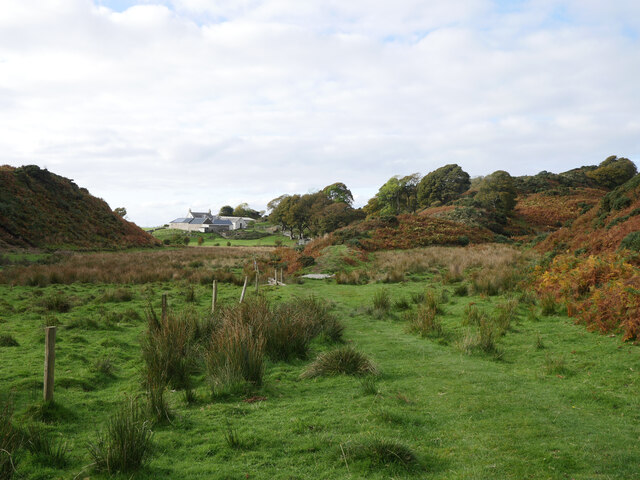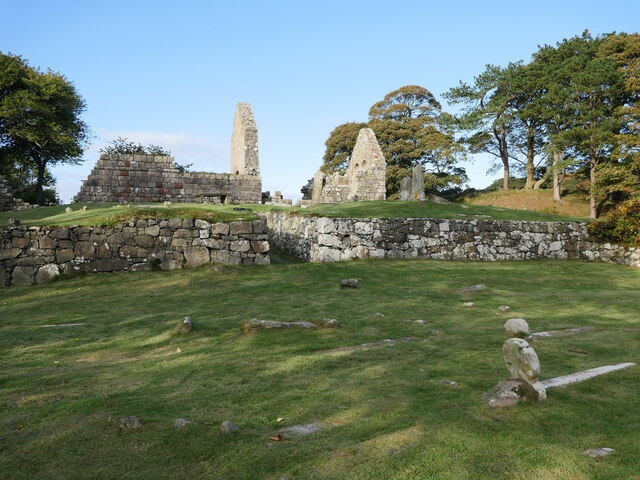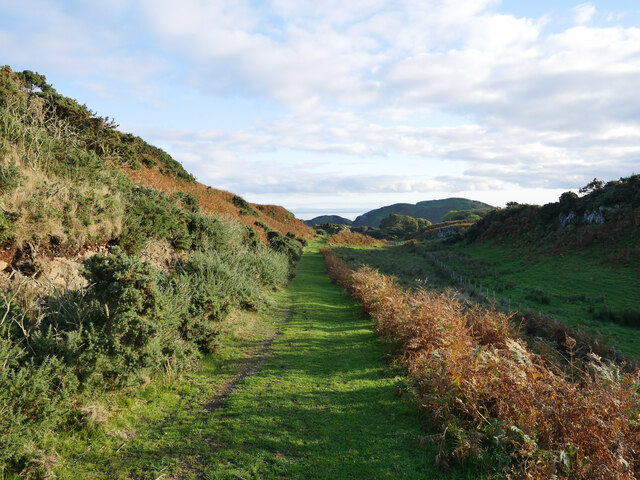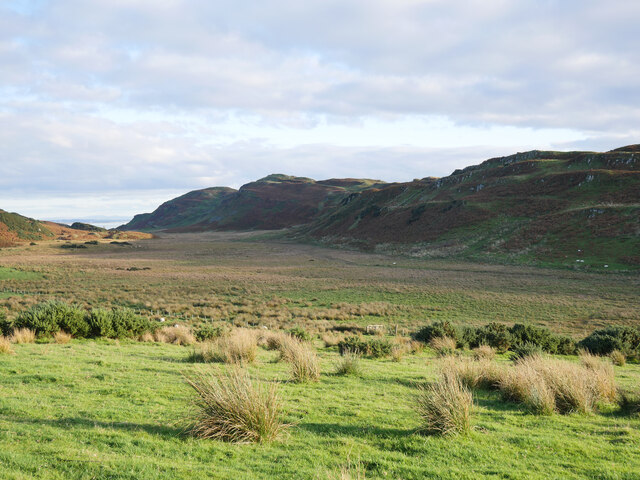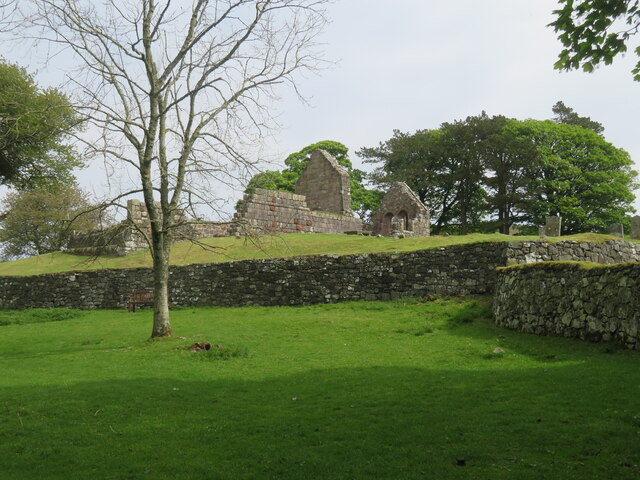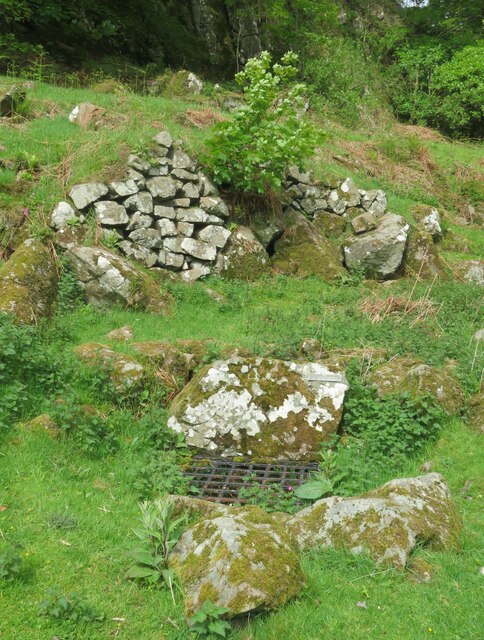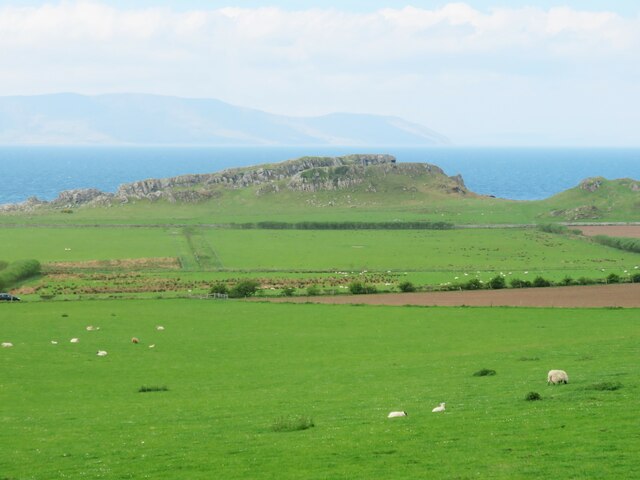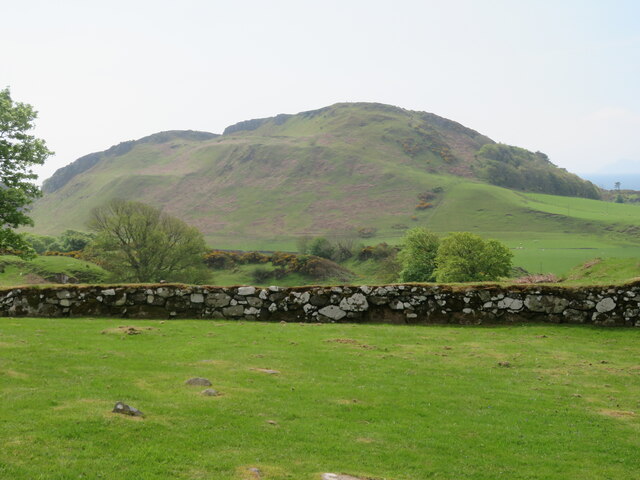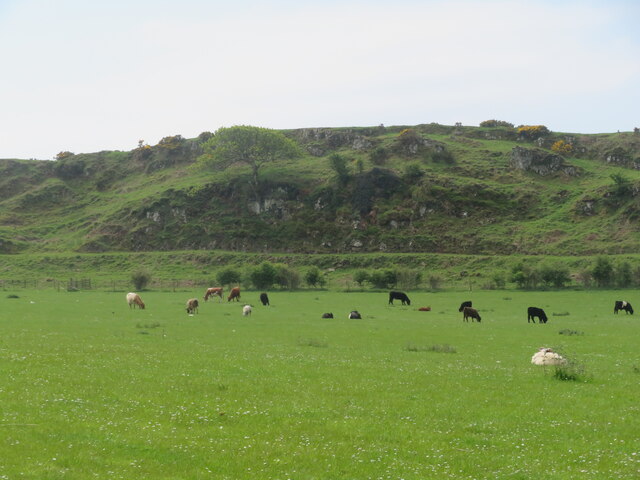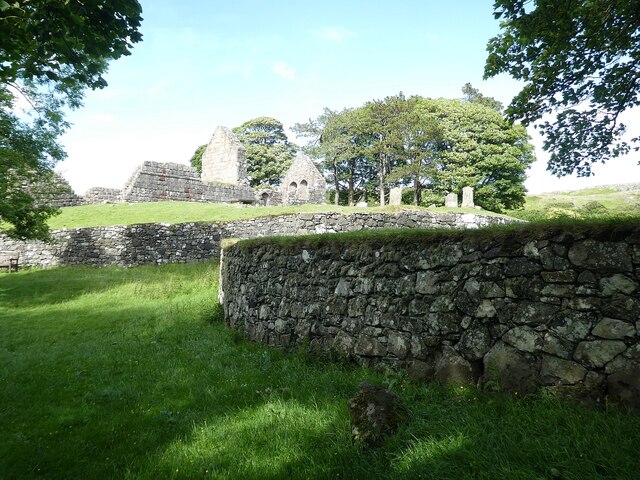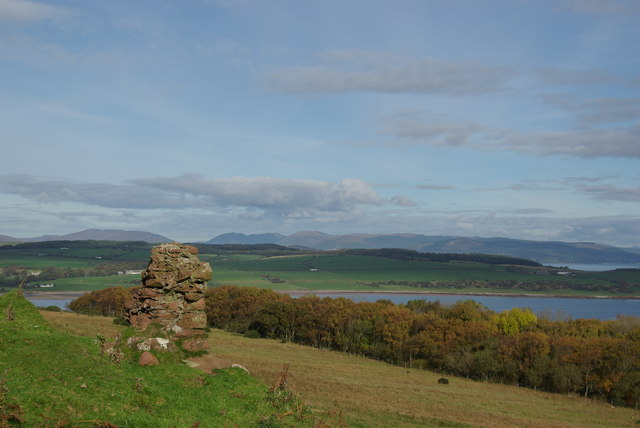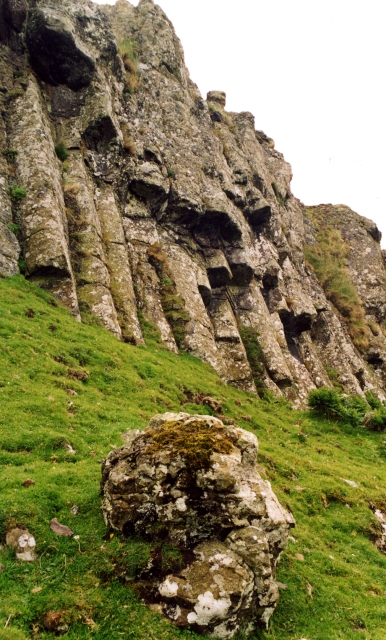Torr Mòr
Hill, Mountain in Buteshire
Scotland
Torr Mòr
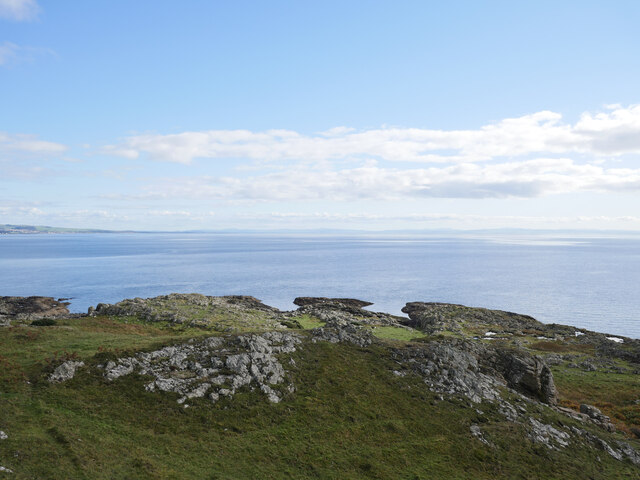
Torr Mòr is a prominent hill located in the county of Buteshire, Scotland. It is situated on the Isle of Bute, surrounded by the picturesque landscapes of the Firth of Clyde. With an elevation of approximately 280 meters (919 feet), Torr Mòr stands as one of the highest points on the island.
The hill is known for its distinctive cone-shaped peak, which offers breathtaking panoramic views of the surrounding area. From the summit, visitors can enjoy vistas of the rolling green hills, the sparkling blue waters of the Firth of Clyde, and the neighboring islands of Arran and Inchmarnock.
Torr Mòr is a popular destination for outdoor enthusiasts and nature lovers, attracting hikers, climbers, and photographers alike. There are several well-marked trails that lead to the summit, catering to varying levels of difficulty and fitness levels. While ascending the hill, visitors may encounter an array of wildlife, including birds of prey, deer, and various species of flora and fauna.
The hill holds historical significance as well, with traces of ancient settlements and burial mounds found in its vicinity. These remnants serve as a testament to the rich cultural heritage of the area.
Overall, Torr Mòr is a captivating natural landmark that offers a rewarding and immersive experience for those who venture to its summit. Whether seeking adventure, stunning vistas, or a glimpse into the past, this hill in Buteshire is sure to leave a lasting impression on all who visit.
If you have any feedback on the listing, please let us know in the comments section below.
Torr Mòr Images
Images are sourced within 2km of 55.733242/-5.0168735 or Grid Reference NS1052. Thanks to Geograph Open Source API. All images are credited.
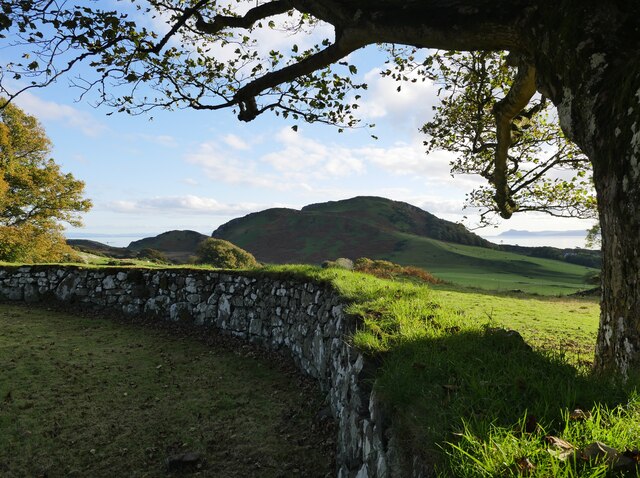
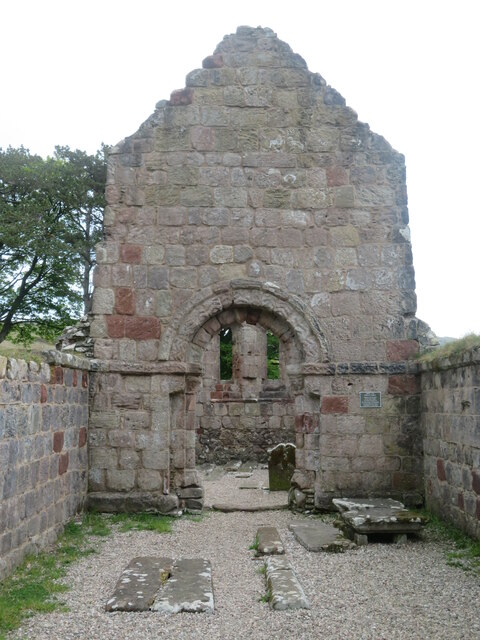
![Track to Dunagoil Headland composed of volcanic rocks overlooking a fine sandy bay [off photo to the right]. There's traces of a vitrified fort on the highest part of the hill, a burial cist below, a couple of interesting caves, plus some items that this contributor couldn't find, such as cup marked stones and St Blane's Stone.](https://s1.geograph.org.uk/geophotos/07/18/23/7182349_2750d0a1.jpg)




Torr Mòr is located at Grid Ref: NS1052 (Lat: 55.733242, Lng: -5.0168735)
Unitary Authority: Argyll and Bute
Police Authority: Argyll and West Dunbartonshire
What 3 Words
///snowstorm.sandals.spend. Near Millport, North Ayrshire
Nearby Locations
Related Wikis
Strathclyde
Strathclyde (Ystrad Clud in Northern Brittonic; Srath Chluaidh [s̪t̪ɾa ˈxl̪ˠɯi] in Gaelic, meaning "strath (valley) of the River Clyde") was one of nine...
Kelspoke Castle
Kelspoke Castle is a ruined castle overlooking Kilchattan Bay, Isle of Bute, Scotland. Only a small amount of the ruins are above ground. == Notes ==
Kilchattan Bay
Kilchattan Bay is a village on the Isle of Bute, Scotland. It lies on the island's southern end, along the coast road at the foot of a steep hill called...
Dunagoil
Dunagoil is a vitrified fort or dun on the Isle of Bute – an Iron Age hill fort whose ramparts have been melted by intense heat. It stands on a volcanic...
Related Videos
Kelspoke Walk part 1
A walk from Kilchattan Bay to Glencallum Bay.
A little adventure to the south of the island - Isle of Bute
A fun little adventure to the south of the Isle of Bute, and a good training day getting ready for our big hike starting on May 28th ...
Kilchattan Bay to Kerrycroy, part 2
This video gives you a sense of the journey round the coast from Kilchattan Bay to Kerrycroy, walking along the shore line.
Kilchattan Bay to Kerrycroy, part 1
This video gives you a sense of the journey round the coast from Kilchattan Bay to Kerrycroy, walking along the shore line.
Nearby Amenities
Located within 500m of 55.733242,-5.0168735Have you been to Torr Mòr?
Leave your review of Torr Mòr below (or comments, questions and feedback).
